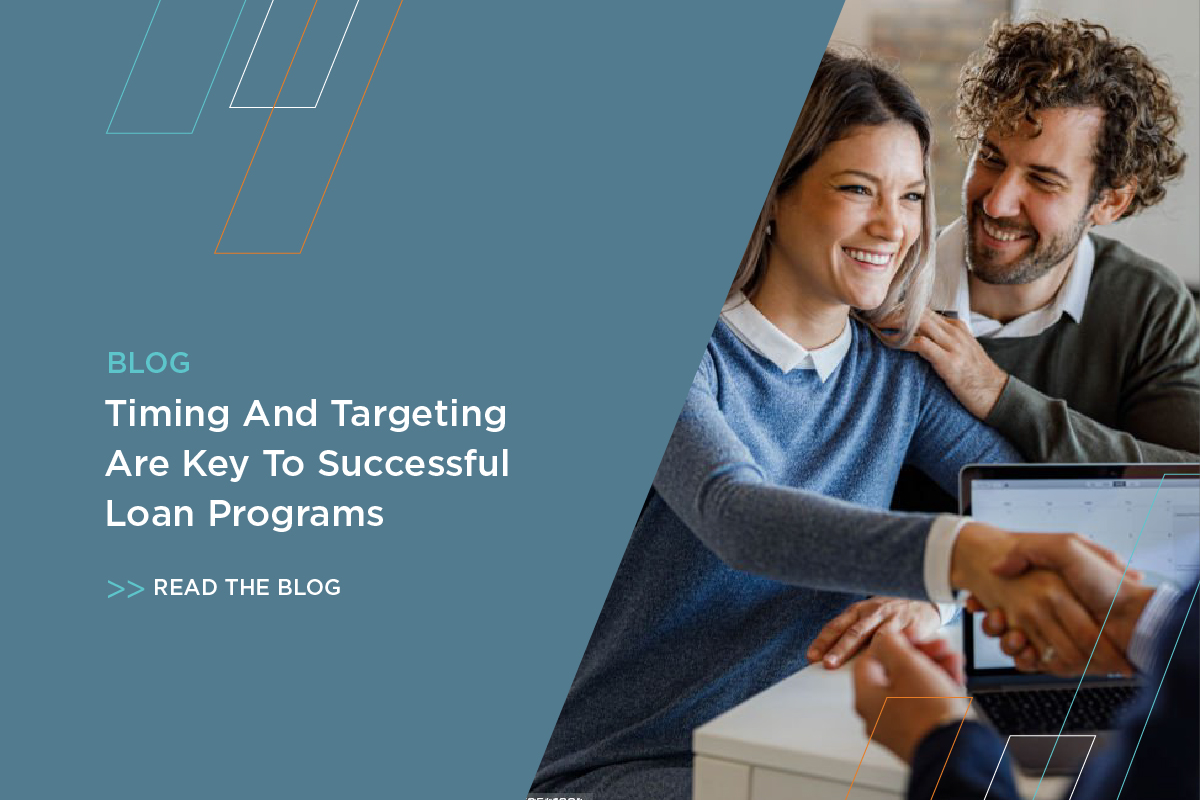We’ve all heard buzz about paid media strategy and why it’s important. So, what exactly is the deal with organic vs. paid search results? What level of investment is needed, if any?
First, let’s take a look at the basics: organic search results are just what they sound like — the listings of websites returned by the Googles of the world to your browser, based on general relevancy of the page. These can also be referred to as natural web results.
Of course, there’s also the paid strategy, which gets most of the attention these days when it comes to seeking media strategy resources.
However, there is a third approach that is widely ignored: the “owned” media strategy. This entails managing and optimizing your bank or credit union’s content channels — the vehicles that allow you to deliver content directly to your audience with no third party in the picture.
Vericast’s digital knowledge management solution, Yext®, gives control back to financial solutions over what, how, when and where their information appears online.
Owning Your Strategy
Let’s examine owned media a little closer, shall we?
Your institution’s brand profile, such as your website or mobile app, is obviously a big part of your owned media. These types of assets can be managed internally, without having to shell out money to a media company to handle. When properly optimized, an uptick in brand awareness is inevitable, paving the way for engaging with customers and driving effectiveness across the board.
So, what’s the key to optimizing your owned media? The short answer is: it depends on the company. But, the name of the game is staying relevant and utilizing all available data in order to deliver as personalized an experience as possible.
4 Ways To Optimize Owned Media
1. Serve up useful content
Make your customer feel like more than just an account number by offering current or potential customers valuable information, such as financial tips, relevant stats, trends, or any number of other topics, in an easy-to-digest and accessible format like blogs or infographics.
Yext comes in handy here by offering ways to manage dynamic content at the local level, helping you push the right information to the right audience in the right timeframe.
2. Get centralized
When consumers visit your website, they should be able to locate links to other important media profiles, such as your blog or social media channels, if they exist (and vice versa). Yext Knowledge Manager provides a single source of truth, helping keep your brand presence complete, correct, current and consistent across all touchpoints that your customers could encounter or search.
3. Stay updated
Put yourself in your current or potential customer’s shoes: every time an update is shared, it reminds you of the brand. That’s why it’s important to update your blog or social media profile and content.
With Yext, brand information can stay updated in real-time across 100+ publishers instantly. You’ll be able to manage all of the public-facing information about your brand across the web — from one centralized location.
4. Keep a two-way street going
Interacting with customers is an important step in building relationships and establishing customer loyalty. When your customers take the time to reach out to your institution’s brand, staying on top of responses should be of high importance.
Yext Reviews lets you manage, monitor and respond to reviews on your web channels and across PowerListing® Network so you’re able to engage easier and more frequently with consumers using “intelligent search.”
Bottom Line
No matter your timeline or which of the four ways you plan to implement, Yext helps you optimize, and ultimately, “better own your media.”



